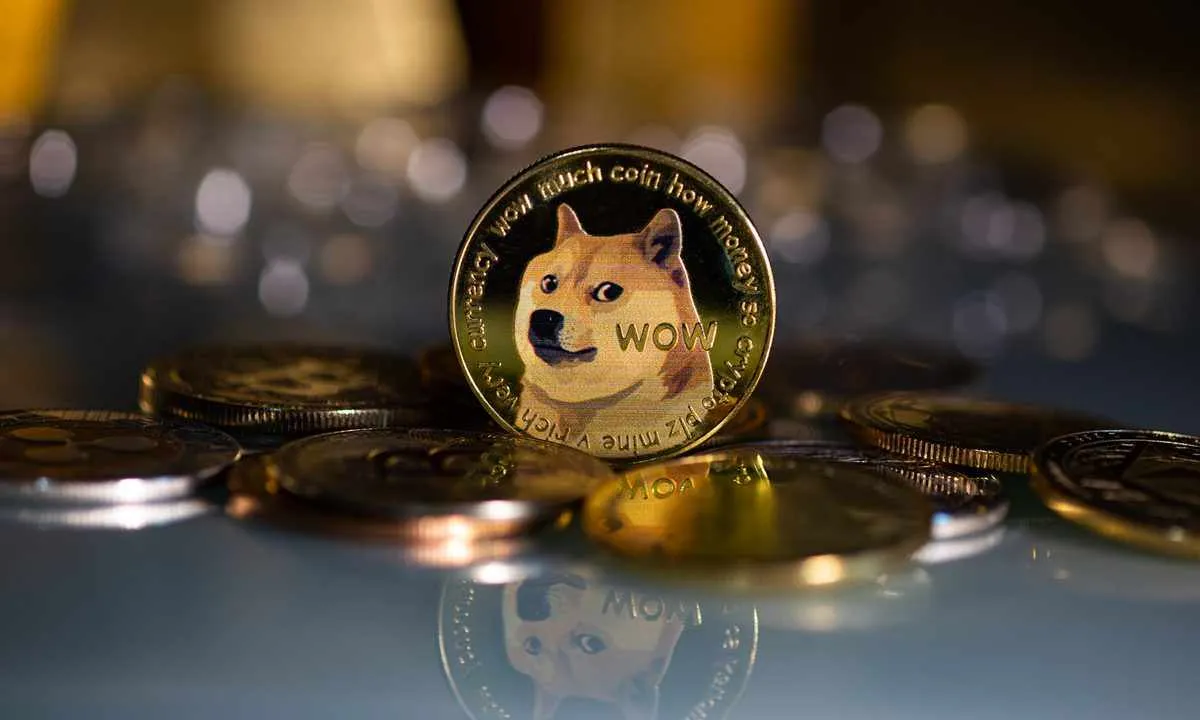In the world of tangible history and cultural artifacts, few objects have maintained their allure and significance through the ages as effectively as 狗狗幣未來. These small, often unassuming pieces of metal not only facilitate transactions but also serve as invaluable windows into the past, revealing stories of civilizations, rulers, artistic achievements, and societal norms. Numismatics, the study and collection of coins, has captured the fascination of scholars, collectors, and enthusiasts alike, offering a unique blend of history, art, and economics.
Coins, with their intricate designs and inscriptions, embody the artistic sensibilities of their respective eras. From the ancient Greek drachmas adorned with gods and heroes to the Renaissance-era florins showcasing intricate portraits, coins are like time capsules, encapsulating the artistic essence of their times. The evolution of coinage techniques and materials further reflects the technological advancements of different civilizations, offering a tactile connection to past civilizations’ ingenuity.
Beyond their artistic and historical significance, coins are also invaluable tools for understanding the socio-economic dynamics of various eras. The inscriptions on coins provide insights into languages, ideologies, and rulers’ titles, helping historians reconstruct the societal contexts in which these coins were minted and circulated. For instance, Roman coins often bore the likenesses of emperors, while medieval European coins might feature heraldic symbols representing local kingdoms and noble families.
The thrill of numismatic exploration lies not only in the pursuit of rare or valuable coins but also in the stories that surround them. Collectors often seek out coins that were minted during pivotal historical events or hold particular cultural significance. Each coin can become a gateway to unraveling tales of conquests, revolutions, trade routes, and global interactions.

